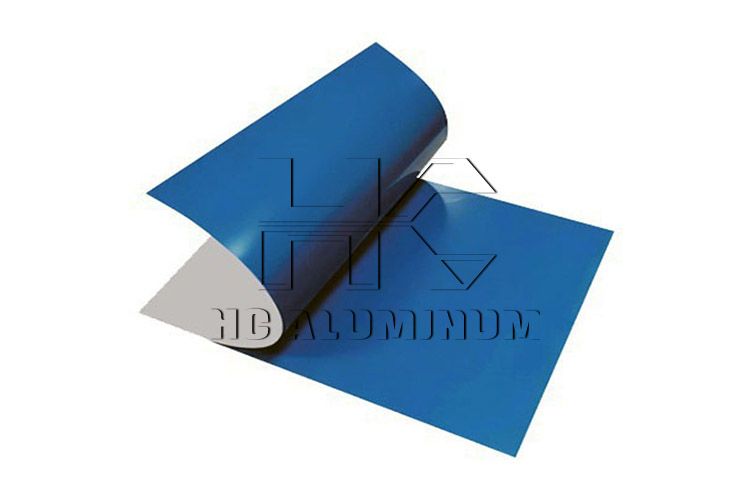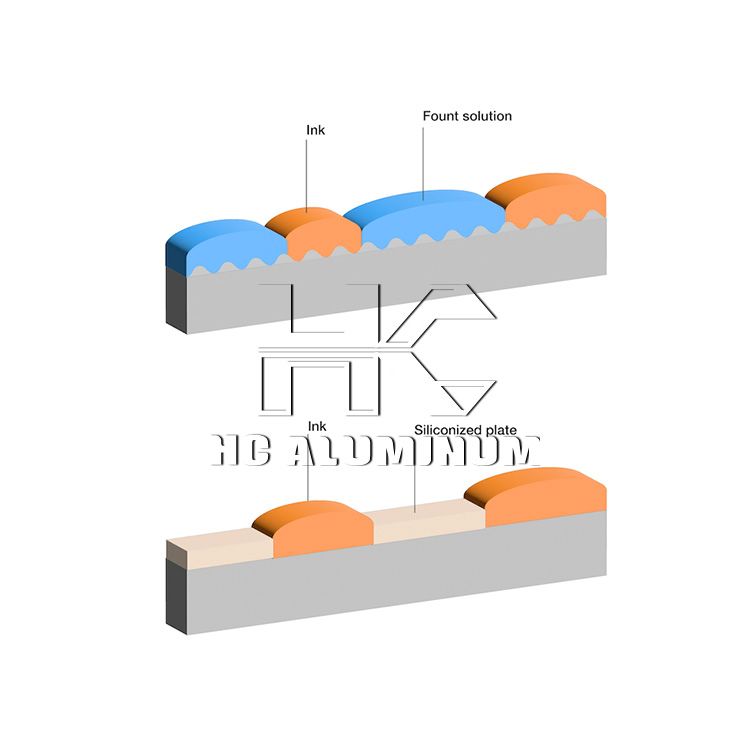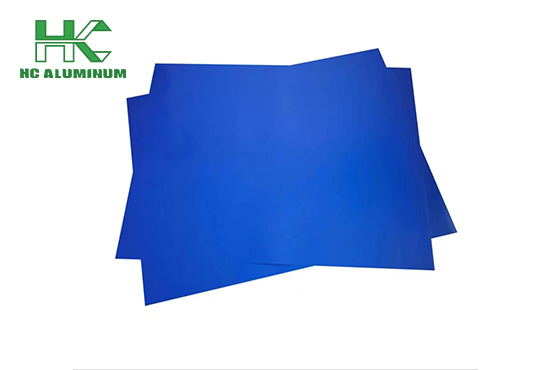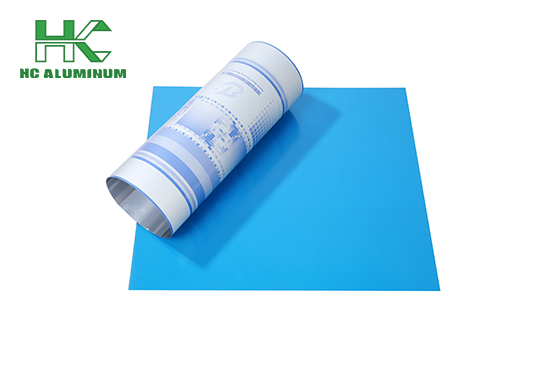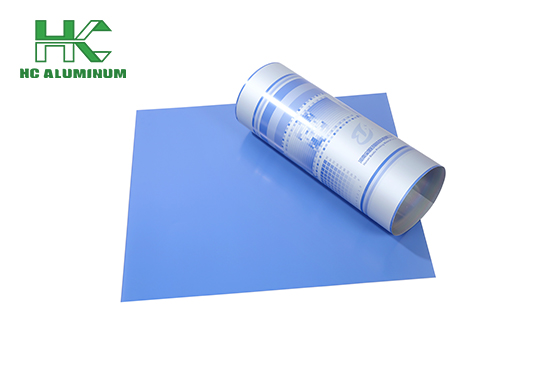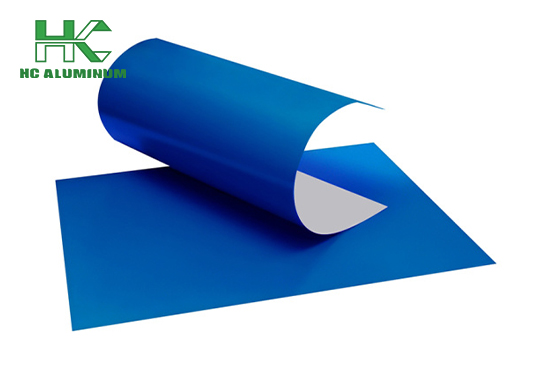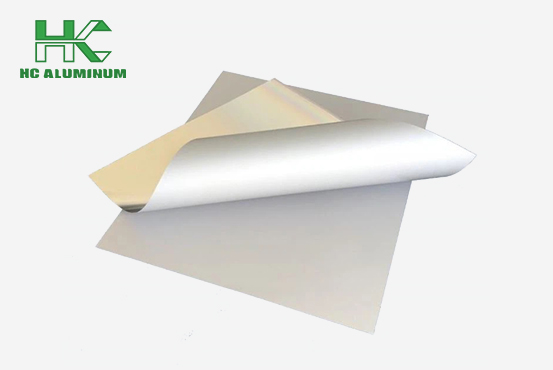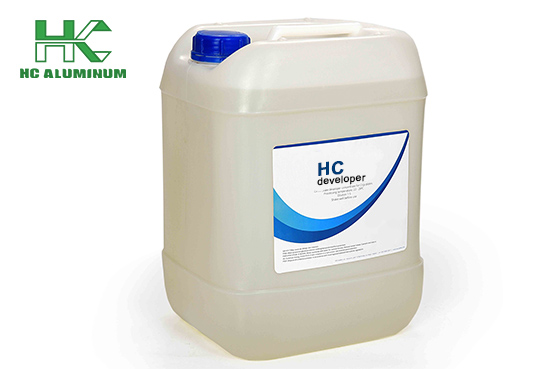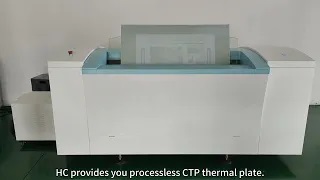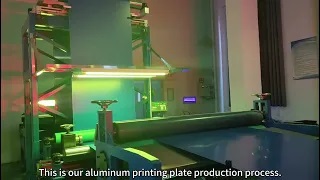What Is Aluminum Offset Printing Plate Thickness
Offset printing is the main method of contemporary printing. CTP and PS plate offset printing are essential plates for offset printing today. They are made by coating a non-silver photosensitive (thermal) resin layer on a 0.15mm to 0.50mm thick aluminum plate that forms a dense grain surface after surface electrolytic oxidation.
The upstream of the printing plate industry chain mainly includes aluminum coils, acid and alkali chemical raw materials, photosensitive materials, backing paper, packaging boxes and other industries. Among them, aluminum coils are the most important raw materials, accounting for about 85% of the direct materials of offset printing plates.

Aluminum sheet is the core basic material of PS/CTP plate. The common alloys are 1050, 1052, 1060 and 1070, and the mass fraction of aluminum is ≥99.50%, ≥99.52%, ≥99.60% and ≥99.70% respectively, and the thickness specification is generally in the range of 0.13-0.30 mm.
The thickness of the aluminum sheet used for CTP plate is generally 0.280mm, which is slightly thicker than the currently produced PS plates (the thickness of the PS plate base is 0.270mm±0.005mm). The conventional thickness is 0.14 and 0.27mm. 0.23 and 0.40mm are both unconventional thicknesses.
Aluminum sheet is one of the basic elements for manufacturing high-quality PS plate. Aluminum sheet is one the basic elements for manufacturing high-quality PS plate. So far, no better material has been found to replace aluminum plate in the material selection of PS plate base.
Aluminum plates have excellent durability, good corrosion resistance and high-resolution image reproduction capabilities. Its surface is treated to combine with photosensitive materials so that the image can appear on the plate. Aluminum plates have a long service life and are suitable for mass printing.
In terms of printability, the aluminum sheet of Haomei CTP computer to plate has been specially treated. In addition, in order to better reflect the hydrophilicity of the aluminum plate, there is a special hydrophilic layer on the base of the aluminum plate, which can ensure good wettability and ink affinity during the printing process.

